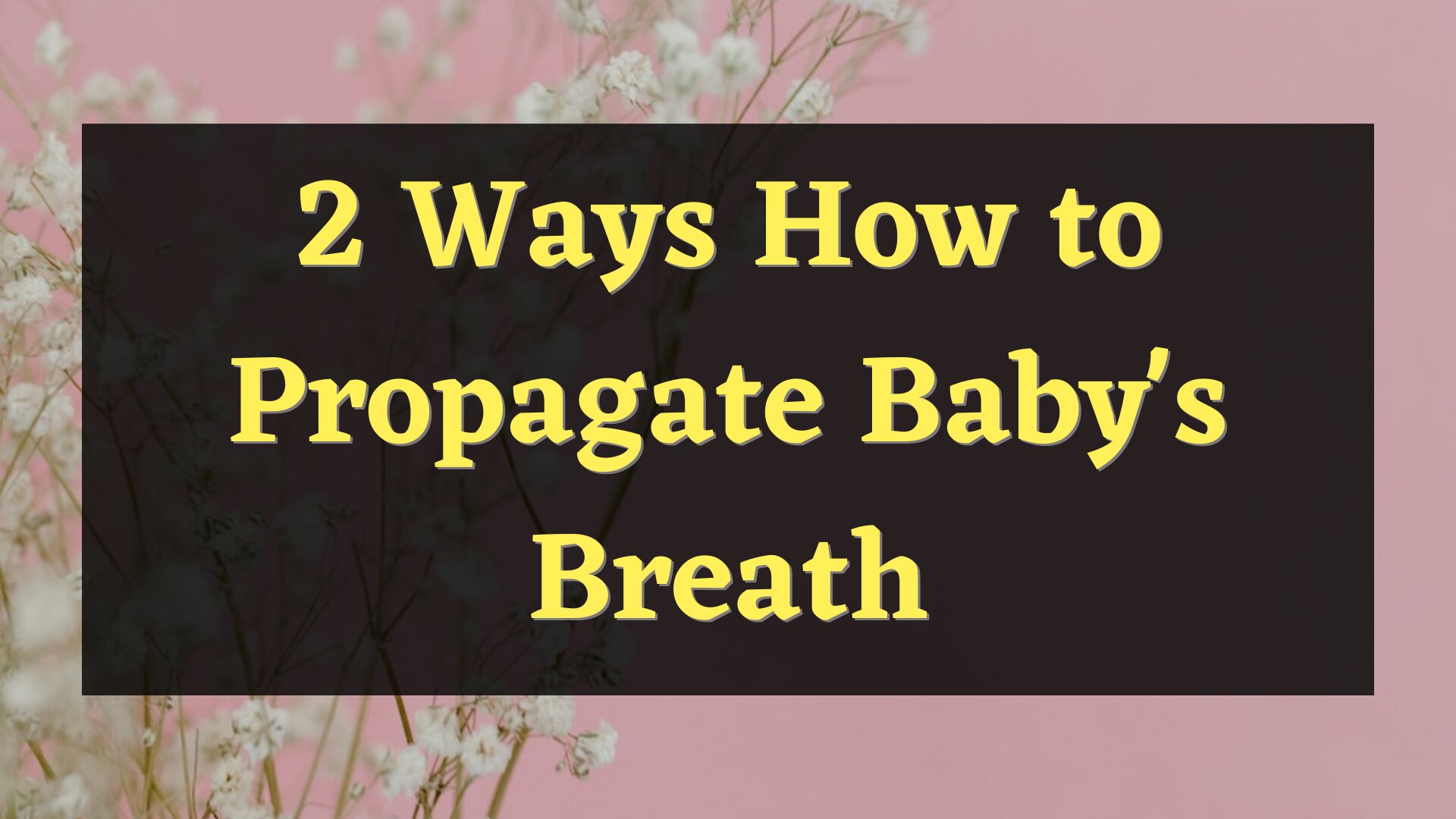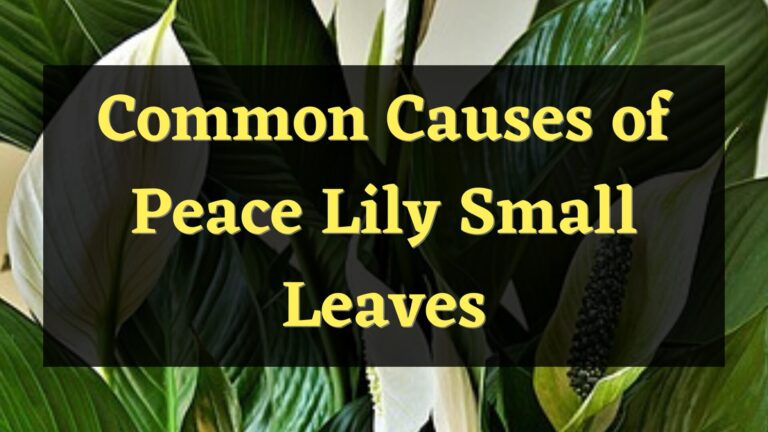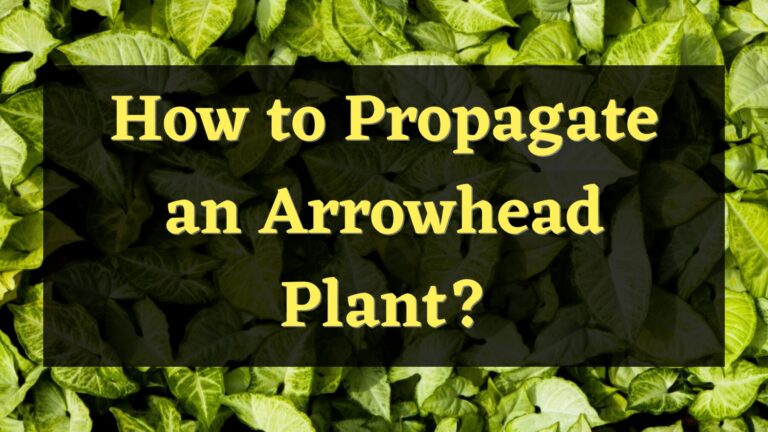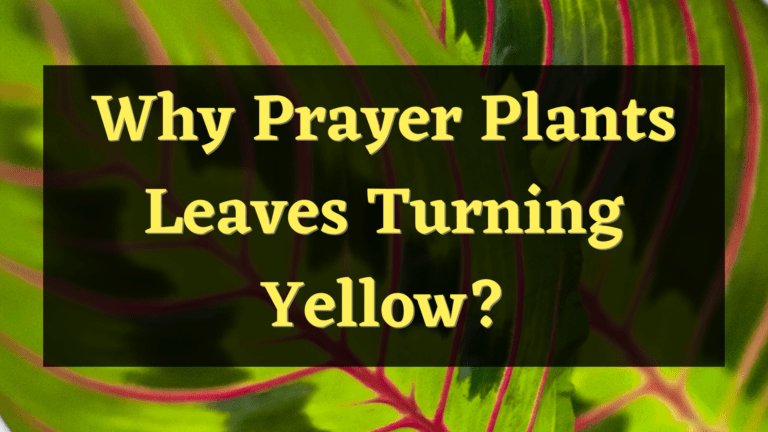There are two ways you can grow a baby’s breath plant; through its seeds, or through its cuttings. Both ways are easy and simple as long as you know and follow the proper steps. In addition to learning how to propagate a baby’s breath, you can also acquire a little bit of information as to what this plant is.
About Baby’s Breath
Baby’s breath has the scientific name of Gypsophila paniculata and is also known as Bachelor’s button is most commonly cultivated for its cutting and dry floral arrangements. The flower is a member of the herbaceous plants’ carnation family, Caryophyllaceae. These plants are mostly found in disturbed sites like dunes, prairies, and barrens in many parts of Europe. It is a perennial plant that has finely branched with bushy leaves that can grow up to 15 to 39 inches tall.
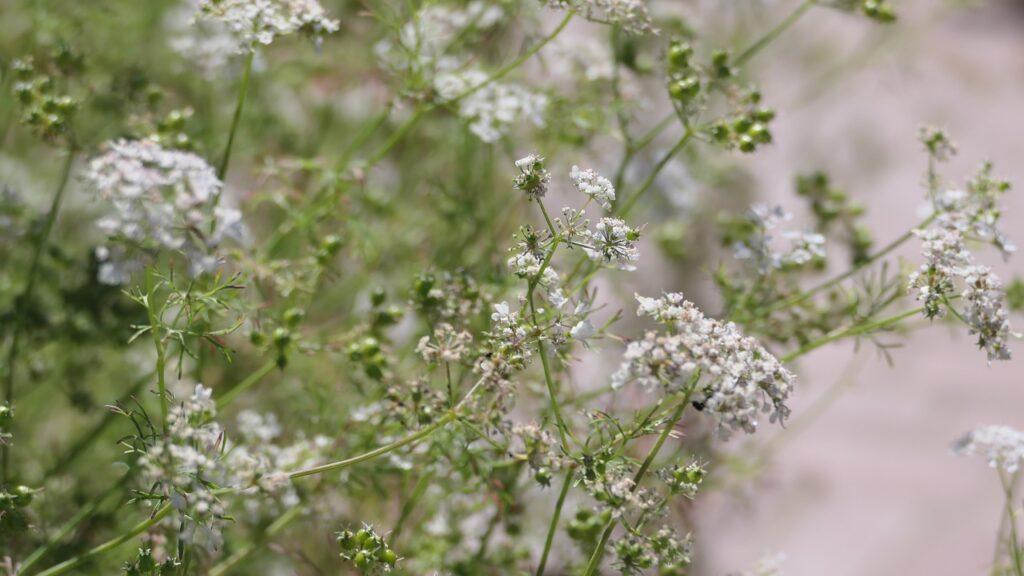
The blooming of its tiny white flowers comes with symbolism. Its flowers are a symbol of everlasting love, which is why a baby’s breath flower is very popular as a wedding flower. Its flowers also represent innocence, which is also why they are famous in baby showers as a gift for new mothers.
Propagating Baby’s breath by using seeds
The first method that you can use to propagate a baby’s breath in your garden or indoors is to buy a baby’s breath seeds. And while this process is easy and simple, as you can sow them directly into a pot of soil or directly in your garden, this perennial plant may take a year to bloom if propagated through seeds.
Here are the steps to propagate a baby’s breath through seeds:
Find a suitable location
Baby’s breath mostly prefers being exposed to full sun, so it is necessary to find a location that gets at least six to eight hours of direct sunlight in a day.
Prepare a soil mixture
These perennial plants grow best in a well-draining soil mixture that is a little bit sandy and mostly composed of organic matter.
Sow the seeds
Sowing the seeds of a baby’s breath is very easy and simple. Simply scatter them throughout the flower bed where you want them to grow. You can do this or gently press them down to embed them in the soil.
Watering your seeds
Giving your seeds an adequate amount of water is pretty important for the seeds’ germination. You must always maintain the moisture of the soil in your flower bed so that you can enhance the speed of the seed’s germination process.
Thinning and transplanting the seedlings
Once your seedlings grow to at least two inches tall, you will have to split them at least 12 inches apart from each other to prevent competition. You can also transplant them into their own pots.
Fertilizing your young plant
It is important to fertilize your young plant while it is still growing. This will accelerate your young plant’s growth and development. You can apply foliar fertilizer once a month during its growing season and phosphorus-potassium fertilizer two to three times when your plant starts to bloom. Organic fertilizers can be used after the plant’s blooming period.
Propagating Baby’s breath by using its cuttings
There are two ways you can propagate a cutting of your baby’s breath. The first one is to let it root on water and the second one is to directly plant them in a potting soil mixture or directly in your garden.
Here are the steps on how you can propagate your cutting in either water or in soil.
Propagating a cutting in water
Prepare your cutting and container
There are two options for how to get a baby’s breath cutting, either from your own adult baby’s breath plant or you can buy them from your local store. If you are trying to get your cutting from your adult plant, make sure to include the nodes in the cutting.
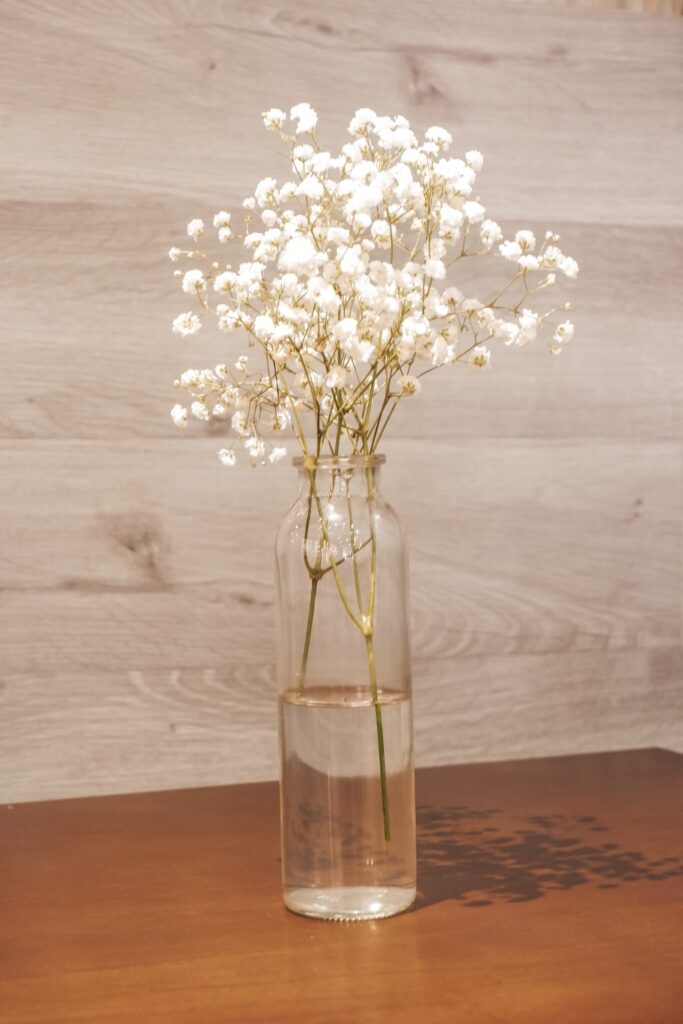
A plastic container is advisable as it can help keep the humidity around your cutting. You can also choose to cover the container with plastic wrapping.
Rooting your cutting in water
Apply a rooting hormone at the base of your cutting and let it settle down on the container you prepared that is filled with water. Make sure that the cutting’s base does not touch the container’s bottom. You can tape your cutting in the container to prevent this from happening.
Transplanting your cutting
Once you notice roots are starting to grow from your cutting. You can choose to transplant them in a temporary container to let their rooting system establish some more. After a few weeks or months, you can transfer the cutting to its permanent location.
Choose a suitable location
Baby’s breath mostly prefers being exposed to full sun, so it is necessary to find a location that gets at least six to eight hours of direct sunlight in a day. The baby’s breath plant thrives best in well-draining soil that is a little sandy.
Watering your cutting
Water the cutting immediately after planting so that the soil can settle. Do not overwater your plants, as it will cause the base of your cutting to rot and will slow down the root’s growth, worse, your cutting won’t be able to grow its root system properly.
Transplanting your cutting
Once your baby’s breath cutting finally establishes a strong root system, you can dig it up and transfer it to a permanent planting spot. Just make sure to keep in mind the location so that your baby’s breath can grow properly and thrive.
Fertilizing your young plant
It is important to fertilize your young plant while it is still growing. This will enhance the growth and development of your young plant. You can apply foliar fertilizer once a month during its growing season and phosphorus-potassium fertilizer two to three times when your plant starts to bloom. Organic fertilizers can be used after the plant’s blooming period.
Propagating a cutting in soil
Prepare your cutting and soil
There are two ways you can get a baby’s breath cutting, either from your own adult baby’s breath plant or you can buy them from your local store. If you are trying to get your cutting from your adult plant, make sure to include the nodes in the cutting. In terms of soil, these plants thrive best in well-draining soil that is a little sandy.
Choose a suitable location
Baby’s breath mostly prefers being exposed to full sun, so it is necessary to find a location that gets at least six to eight hours of direct sunlight in a day.
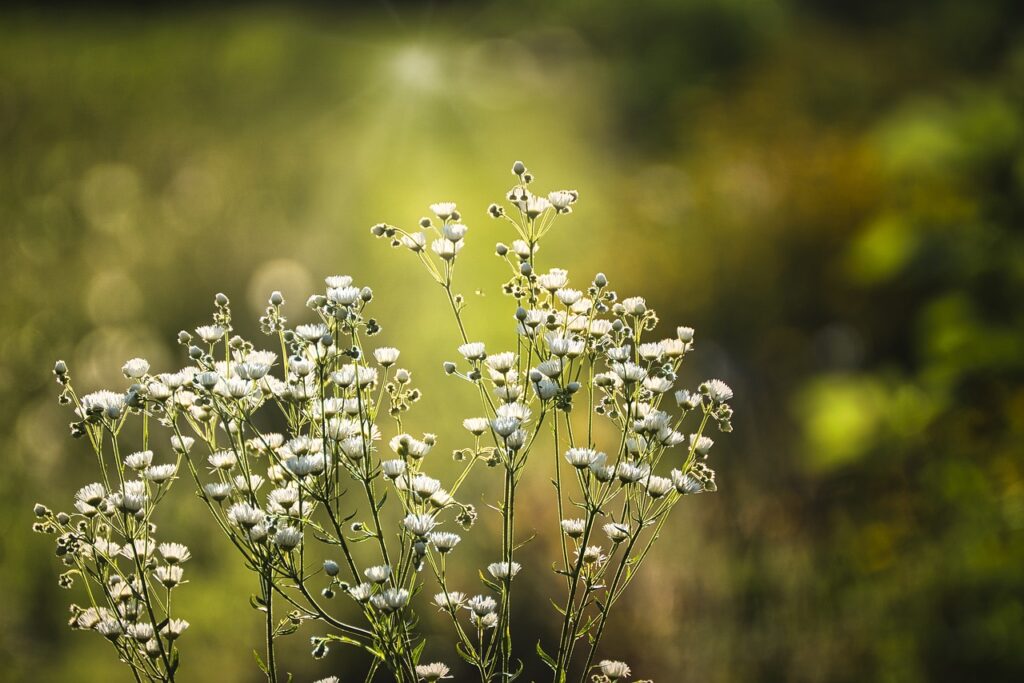
Planting the cutting
Plant your cutting in a hole with a width of 2 to 3 and deep enough to bury its root ball. Cover the space with soil to keep the plant secure and upright.
Watering your cutting
Water the cutting immediately after planting so that the soil can settle. Do not overwater your plants as it will cause the base of your cutting to rot and will slow down the root’s growth, worse, your cutting won’t be able to grow its root system properly.
Transplanting your cutting
Once your baby’s breath cutting finally establishes a strong root system, you can dig it up and transfer it to a permanent planting spot. Just make sure to keep in mind the location so that your baby’s breath can grow properly and thrive.
Fertilizing your young plant
It is important to fertilize your young plant while it is still growing. This will enhance the growth and development of your young plant. You can apply foliar fertilizer once a month during its growing season and phosphorus-potassium fertilizer two to three times when your plant starts to bloom. Organic fertilizers can be used after the plant’s blooming period.
Is a Baby’s breath hard to grow?
It is very easy to grow and propagate Baby’s breath plants because they are known for their quickness to bloom. Not only are they easy to grow, but they are also cost-efficient and very easy to take care of. Unlike other plants, they are not invasive, which is why they can be planted indoors.
When do you start propagating baby’s breath?
You can sow the seeds of baby’s breath in the months of April and September. This is the best time to propagate a gypsophila from seeds because this is the season that baby’s flower start blooming.
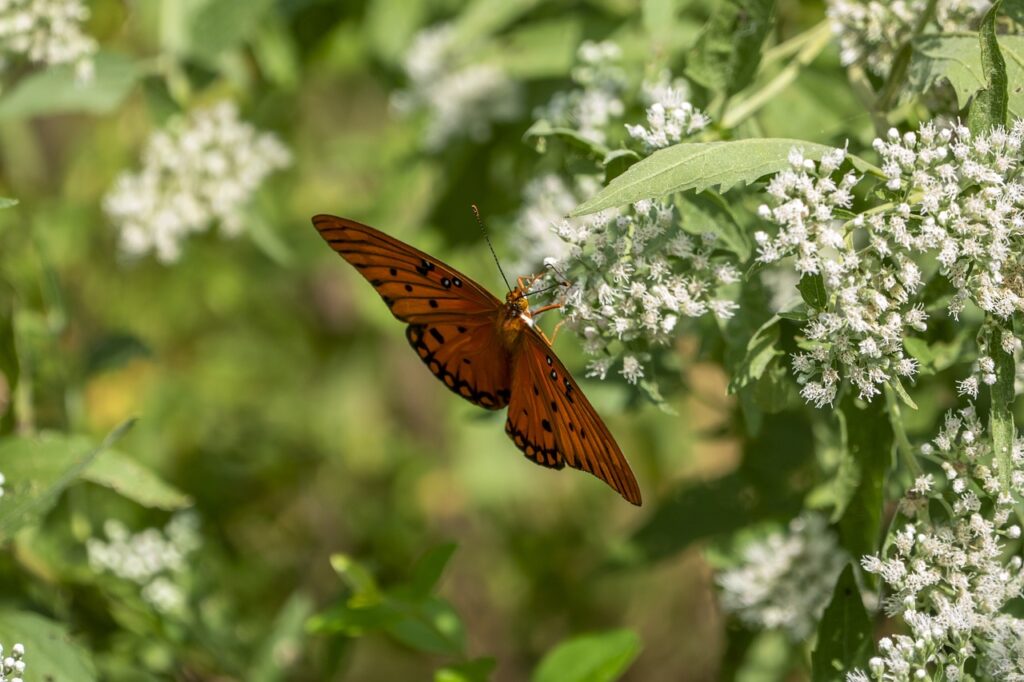
Where to plant baby’s breath?
The most suitable location where you can plant a baby’s breath is in a sunny spot that has a well-draining soil.
Conclusion
Propagating a baby’s breath is really simple and taking care of an adult one is pretty easy. The plant is not considered invasive, so constant pruning is not necessary. The fact that they are perennial plants that come back every year is the best part of growing a baby’s breath. So if you already have one, it will live in your garden for a long period of time.
Meet Tomas Clayton, a seasoned plant gardener who has been passionate about horticulture since he was a child. Tomas John developed a love for the natural world and a strong appreciation for the beauty of plants while growing up on a farm.

